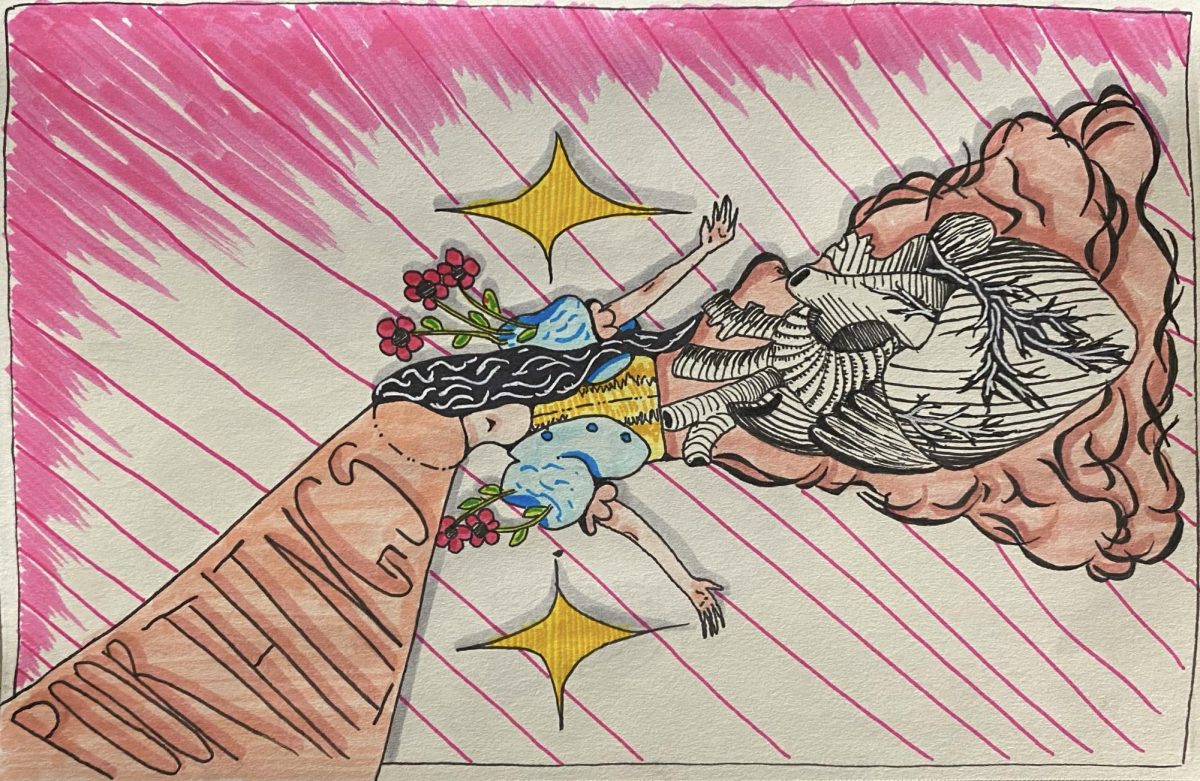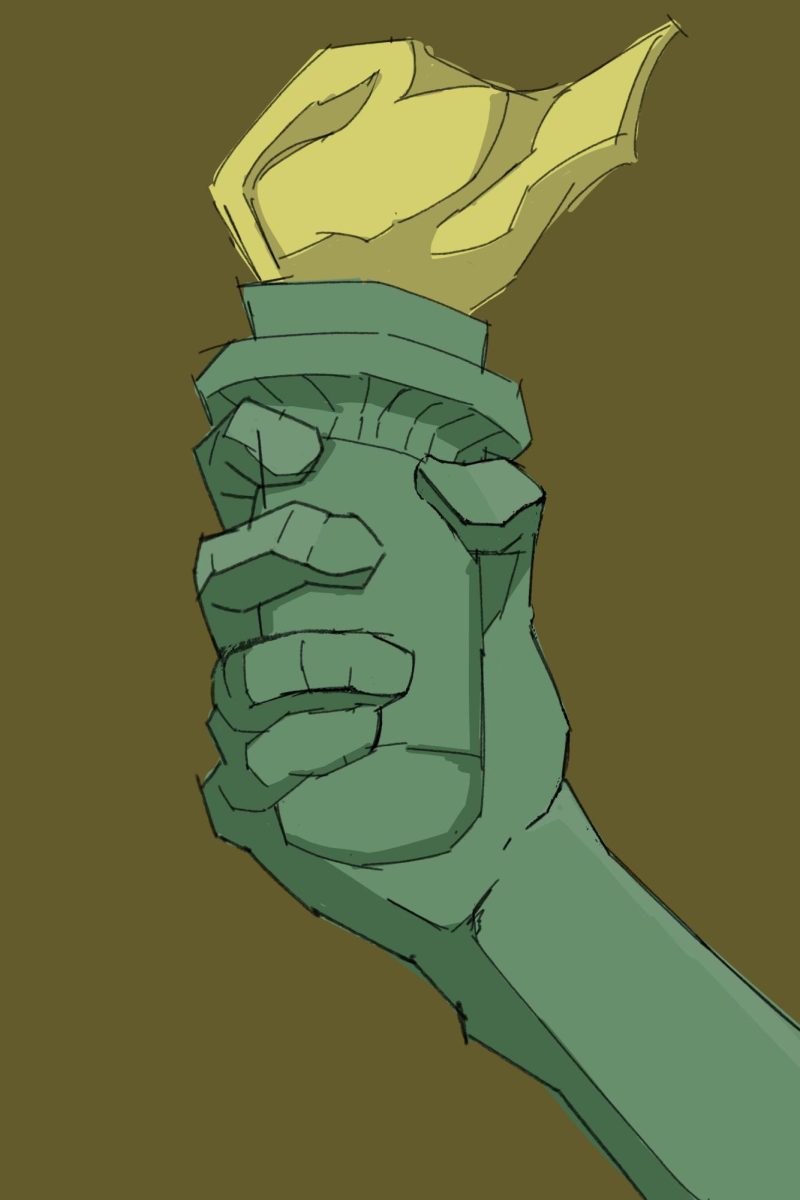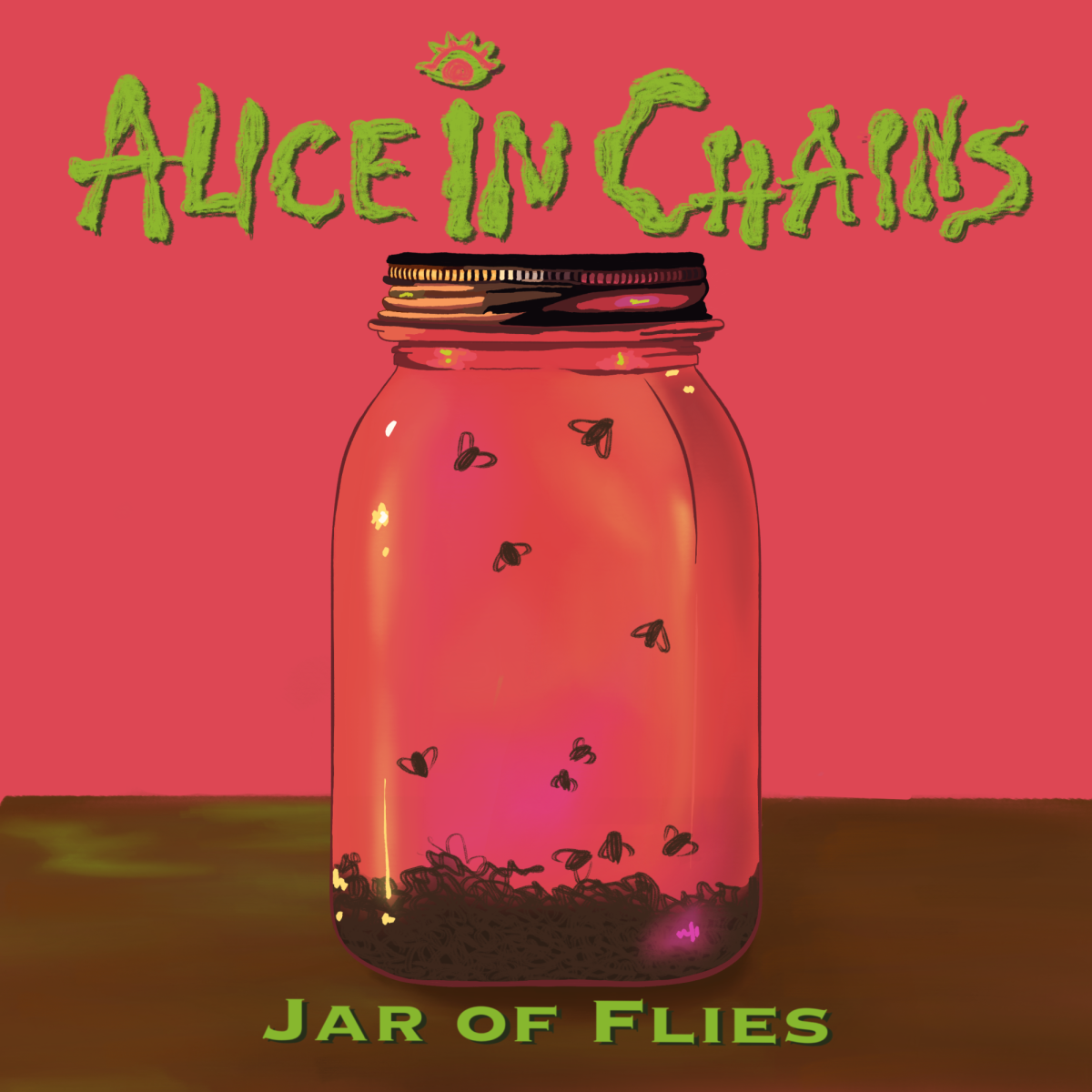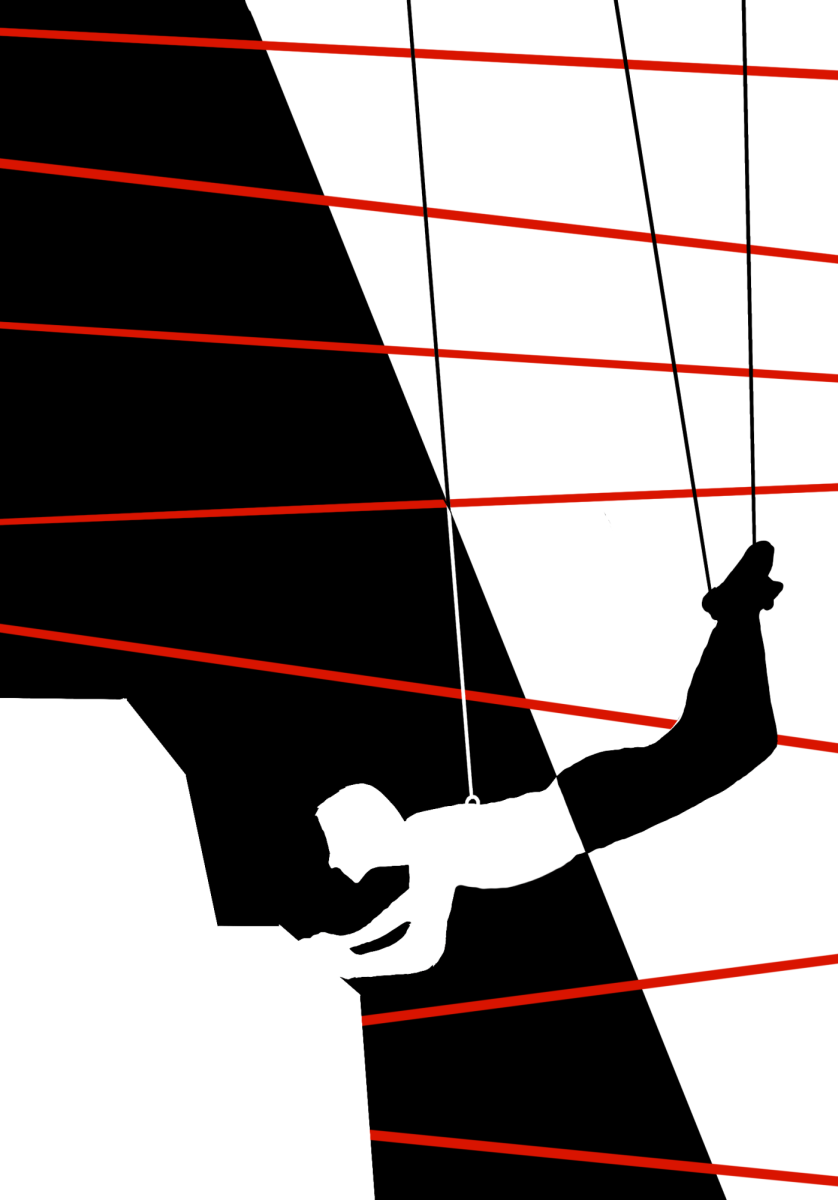

The story of “Frankenstein” is not ancient, but it certainly feels like it. Mary Shelley’s tale of a man’s obsession to reanimate the dead has been adapted and twisted so many times that many forget that it is not just a story about a stumbling zombie with prongs on his neck. Rather, it is a beautiful tale of a sin of nature, revealing the inner core of the human experience while also being a narrative of the relationship between creator and creation. Although this version of the story has long been lost in many of its adaptations, it has not stopped its influence on the stories and ideas of many other writers. Along that road of writers came a novel that inspired the creation of Yorgos Lanthimos’ latest feature, “Poor Things.”
Based on the novel of the same name by Alasdair Gray, “Poor Things” follows the story of Bella Baxter as she explores the world, finding the truth about love, sex, philosophy and life in general. Played marvelously by Emma Stone, Bella is shown to be less of a monster to be feared and more like a curious child wanting to know the nature of her surroundings. The film does not stray from showing that in the most uncensored way possible. From scenes of her in a morgue to those in a brothel, “Poor Things” does not shy away from showing the nature of violence and sex. At times, it can be uncomfortable to sit through or even seem pointless, but it usually ends up coming off as a closer examination of the taboo outlook on sexual intimacy and the experience of seeking pleasure in our day-to-day lives. There is even a scene that points this out where Bella is told to eat a pastry only once, but when she eats another, she then vomits, as if to say that if you indulge in pleasure too much, it can ruin the experience entirely.
One commendable aspect of the film is its examination of humanity and spirituality. While some movies utilize religious satire, ‘Poor Things’ touches on skepticism through characters Bella encounters, yet primarily opts for a subtle approach as Bella refers to her higher power as God. Every time she does so, it is done in a general manner that could be attributed to how the common individual would view or speak to God. More interestingly, where more films would try to show a negative view of the God-to-man relationship, “Poor Things” is more positive, insinuating a more parental relationship between a creator and his creation.
One of the most important parts of telling a story through film is having a well-thought-out use of cinematography, and the cinematography in “Poor Things” is by far some of the best in any film in the past few years, let alone 2023. Robbie Ryan and Yorgos Lanthimos go to extremes with their cameras to show the perspective of what it would be like for a child to see the world for the first time. The film starts mostly with black-and-white imagery that focuses attention on Bella and the people around her. But once Bella starts her bizarre adventure, the film switches to a gorgeous, over-saturated look that takes advantage of how much a camera can capture vibrancy. At times, it can appear to be a fantastical look, with the clouds appearing as ink and the costumes having a wonderful contrast and vibrancy to them. The cinematography is truly one of the best parts of the film, and that alone makes it well worth watching.
An underappreciated part of “Poor Things,” mentioned by few people, would be the film’s soundtrack. Listening to it on its own, it feels less like a cohesive orchestra and more like a child banging on the piano and tugging at the strings. However, when put in context with the film, it invokes a great sense of wonder while insinuating that nothing is ever completely right. It is certainly enough to be remembered after the credits roll.
Unfortunately, there are only so many words that can be used to describe the visual and thought-provoking beauty of a piece of art. At the end of the day, it must be experienced.























